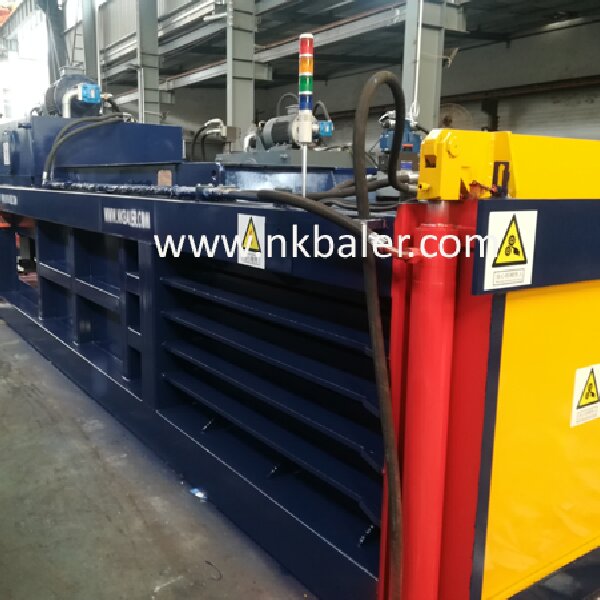The working principle of the baling press is to drive the pressure head through the hydraulic system to compress the loose materials at high pressure. This kind of machine usually consists of a compressor body, a hydraulic system, a control system and a discharging device. Its core components are the hydraulic cylinder and the pressure head. The hydraulic cylinder provides power and the pressure head performs the compression action. The operator only needs to put the material to be compressed into the compression chamber of the machine, start the equipment, and the pressure head will compress the material according to the set pressure and time. Once the compression is completed, the pressure head will automatically rise and the compressed material can be pushed out from the discharge port.
Baling presses have a wide range of applications. In addition to the resource recycling industry, they are also widely used in agriculture, animal husbandry, papermaking and other fields. For example, in agriculture, baling presses can be used to compress straw to make biomass fuel; in animal husbandry, they can compress forage for easy storage and feeding; in the paper industry, they can compress waste paper to improve recycling rates.
In addition, with the improvement of environmental awareness and technological advancement, packaging presses are also constantly innovating and upgrading. The new packaging press pays more attention to energy efficiency and automation, enabling more efficient packaging operations while reducing energy consumption and operating difficulty. These improvements allow the baling press to play a greater role in environmental protection and resource recycling.

In short, the baling press, as an efficient and practical compression equipment, is of great significance in promoting resource conservation and environmental protection. With the continuous advancement of technology, its application prospects will be broader.
Post time: Jan-30-2024